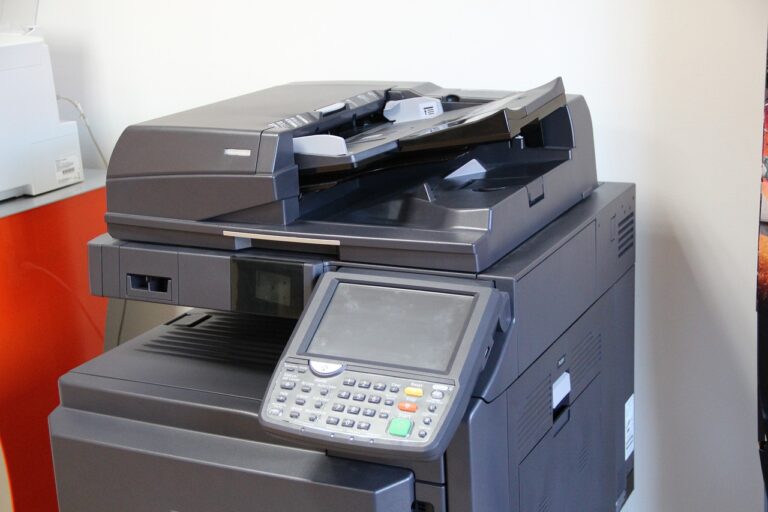How the Printing Press Fueled the Protestant Reformation

The printing press, a revolutionary invention by Johannes Gutenberg in the 1450s, played a pivotal role in the success of the Protestant Reformation. This tool not only democratized knowledge but also challenged the long-standing authority of the Catholic Church.
The Protestant Reformation sought to challenge the doctrines and practices of the Roman Catholic Church. While the Reformation had various catalysts, the invention of the printing press played a pivotal role in its spread and success.
The Proto-Reformers and the Limitations of Their Time
Before the advent of the printing press, figures like John Wycliffe and Jan Hus voiced many of the concerns that Martin Luther would later echo. However, they lacked the means to reach a broader audience. Books were rare, expensive, and primarily in Latin, making them inaccessible to the majority.
- Woodblock Printing: While it existed, it was time-consuming and costly. Wycliffe’s Bible, for instance, couldn’t reach the masses in the way Luther’s writings later would.
- Oral Transmission: Stories and knowledge were often passed down orally, with written works reserved for the elite.
The Printing Revolution and Its Impact
Central figures like Martin Luther and John Calvin criticized the Church’s practices, and their ideas needed a medium for widespread dissemination. This is where the printing press came in.
The printing press was undeniably a catalyst for the Protestant Reformation. By making religious texts and reformist ideas accessible to a broader audience, it challenged the status quo and paved the way for religious, social, and political transformations in Europe.
Accessibility to Religious Texts
The printing press democratized access to information. For the first time, the Bible was made available in local languages rather than just Latin. This shift empowered individuals to read and interpret religious texts themselves, reducing the Church’s monopoly over religious knowledge.
Spread of Reformist Ideas
The printing press allowed for the rapid spread of Protestant ideas. Luther’s writings, along with those of other reformers like John Calvin and Heinrich Bullinger, found their way into the hands of many, further fueling the Reformation. The press also gave a platform to voices that were previously unheard, including women like Argula von Grumbach and Katharina Zell, who published pieces supporting the Protestant Reformation.
Notable Publications and Their Influence
The printing press was instrumental in circulating several influential works during this period:
- The Bible: Translated into various languages, it became more accessible to the general populace. This translation movement was spearheaded by figures like Martin Luther, who translated the Bible into German.
- Martin Luther’s 95 Theses: A critique of the Catholic Church’s practices, it highlighted issues like the sale of indulgences and emphasized salvation through faith alone.
- John Calvin’s Institutes of the Christian Religion: This work further elaborated on Protestant beliefs and criticized the corruption within the Catholic Church.
The Church’s Response
Initially, the Catholic Church embraced the printing press, using it to distribute standard Bibles and other religious materials. However, as the Reformation gained momentum, the Church began to see the press as a threat. Efforts to control the narrative included the establishment of the Index of Prohibited Books in 1563, which listed works deemed heretical.
Challenges to the Catholic Church
The widespread availability of Protestant literature posed a direct challenge to the Catholic Church’s authority. As more people read and resonated with the reformers’ ideas, the Church’s traditional teachings came under scrutiny. This led to internal conflicts within the Church and further fueled the Reformation.
FAQs
1. How did the print help to promote Protestant Reformation?
Print technology played a crucial role in the Protestant Reformation. It enabled wider access to the Bible in languages other than Latin, allowing individuals to interpret the scriptures themselves. The printing press was instrumental in disseminating the writings and ideas of reformers like John Calvin and Martin Luther. These printed materials could reach a vast audience quickly and efficiently, facilitating the spread of knowledge and reformative ideas from one individual to another.
2. How did the printing press help spread the Protestant Reformation quizlet?
The Printing Press was a pivotal tool in spreading the Protestant Reformation. It allowed for more copies of the Bible and Protestant literature to be produced and distributed. This meant that people no longer solely relied on priests for religious information; they could access and read these materials themselves. The widespread availability of printed material enabled the ideas of the Protestant Reformation to rapidly spread across Europe.
3. How did print revolution help to speed up Protestant Reformation?
The print revolution was a significant factor in accelerating the Protestant Reformation. Martin Luther’s writings, which were critical of the Church, led to a division within the Church and sparked the Protestant Reformation. The advent of print technology created a new intellectual environment, facilitating the spread of revolutionary ideas. Scholars believe that this new medium was instrumental in disseminating reformative concepts, thereby playing a vital role in the Reformation.
Conclusion
The Protestant Reformation was a watershed moment in religious history. While various factors contributed to its emergence, the printing press’s role is undeniable. By democratizing access to knowledge, it empowered individuals, challenged established authorities, and reshaped the religious landscape of Europe.





